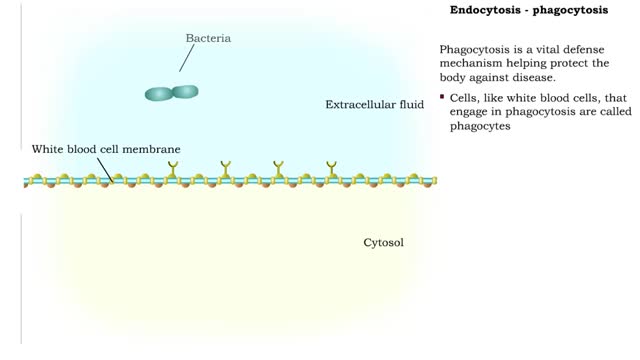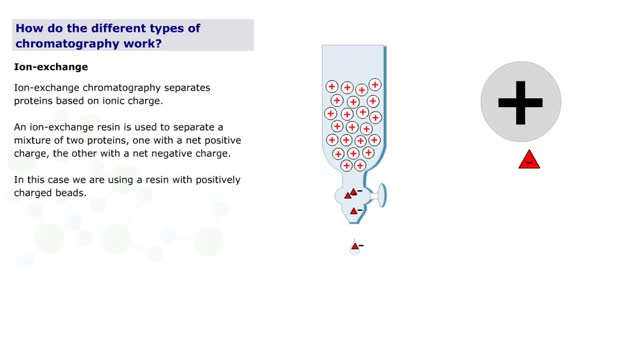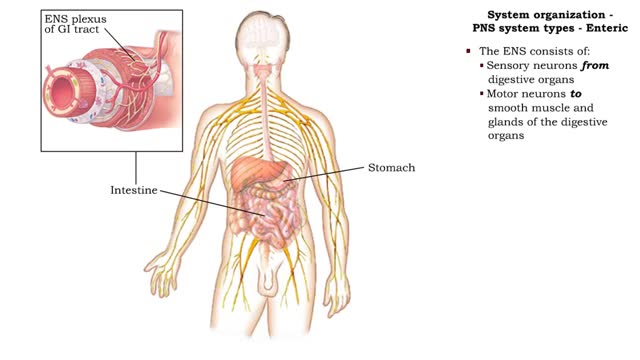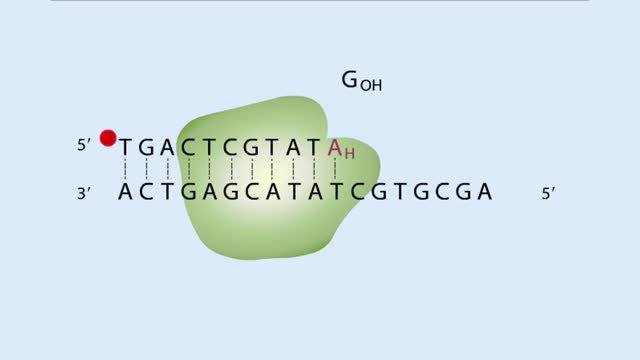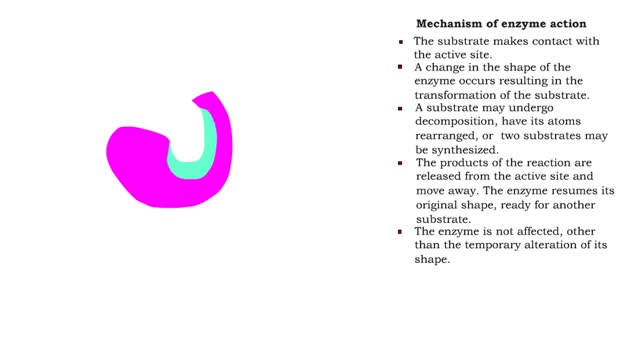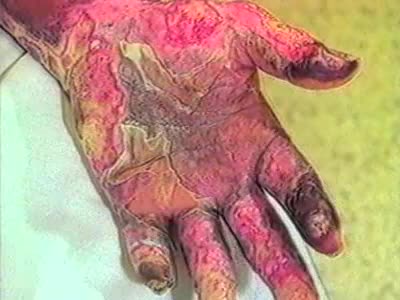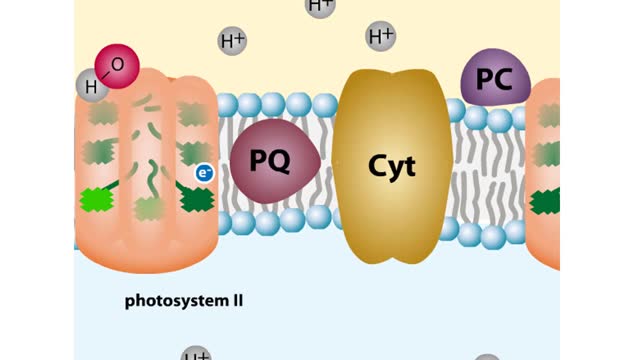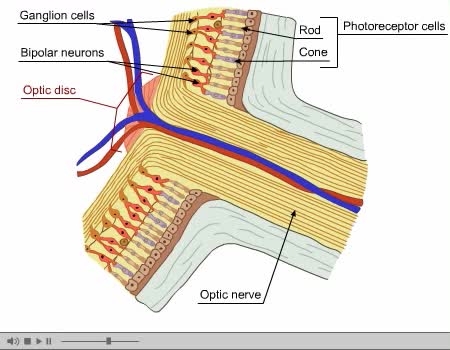Search Results
Results for: 'Glucose anabolism reaction types'
By: Administrator, Views: 14173
Eczema is a condition where patches of skin become inflamed, itchy, red, cracked, and rough. Blisters may sometimes occur. Different stages and types of eczema affect 31.6 percent of people in the United States. The word "eczema" is also used specifically to talk about atopic dermatitis, the most...
Endocytosis -Types and Phagocytosis
By: HWC, Views: 11041
Endocytosis is the process by which a substance is brought inside a cell without having to pass through the cell membrane. It is the opposite of endocytosis, the process by which substances exit the cell without having to pass through the cell membrane. Exocytosis – membrane-enclosed secret...
How do the different types of chromatography work? (No Audio)
By: HWC, Views: 10446
Chromatography is a term for a variety of techniques in which a mixture of dissolved components is fractionated as it moves through some type of porous matrix. A glass column is filled with beads of an inert matrix. The mixture of proteins to be purified is dissolved in a solution and passed ...
System organization - PPM system types (Somatic, Autonomic & Enteric) and Reflex arc types
By: HWC, Views: 11203
• The PNS consists of all nervous tissue outside of the CNS. • It is divided into three functional components: • Somatic nervous system (SNS) • Autonomic nervous system (ANS) • Enteric nervous system (ENS) • The SNS consists of: • Sensory neurons from skeletal muscles ...
DNA Sequences - Dideoxy Sequencing
By: HWC, Views: 10357
A short, radiolabeled primer is annealed to the single-stranded DNA to be sequenced. The DNA serves as a template for in vitro DNA synthesis. The DNA-primer mixture is split into four separate tubes. DNA polymerase and a solution of dNTPs are added to each tube. One of the four 2',3' dideoxy-N...
By: HWC, Views: 10804
■ The substrate makes contact with the active site. ■ A change in the shape of the enzyme occurs resulting in the transformation of the substrate. ■ A substrate may undergo decomposition, have its atoms rearranged, or two substrates may be synthesized. ■ The products of the reaction...
By: Administrator, Views: 13638
Burns are one of the most common household injuries, especially among children. The term "burn" means more than the burning sensation associated with this injury. Burns are characterized by severe skin damage that causes the affected skin cells to die. Most people can recover from burns withou...
What are the Parts of a Plant Cell?
By: HWC, Views: 10008
Every chloroplast in a plant cell is packed with stacks of flattened sacs called thylakoids. The thylakoid membranes contain chlorophyll, as well as most of the other components required for the light reactions of photosynthesis. The chlorophyll-containing structures within the membranes are c...
By: Administrator, Views: 14408
A photoreceptor cell is a specialized type of neuroepithelial cell found in the retina that is capable of visual phototransduction. The great biological importance of photoreceptors is that they convert light (visible electromagnetic radiation) into signals that can stimulate biological processes...
Advertisement




